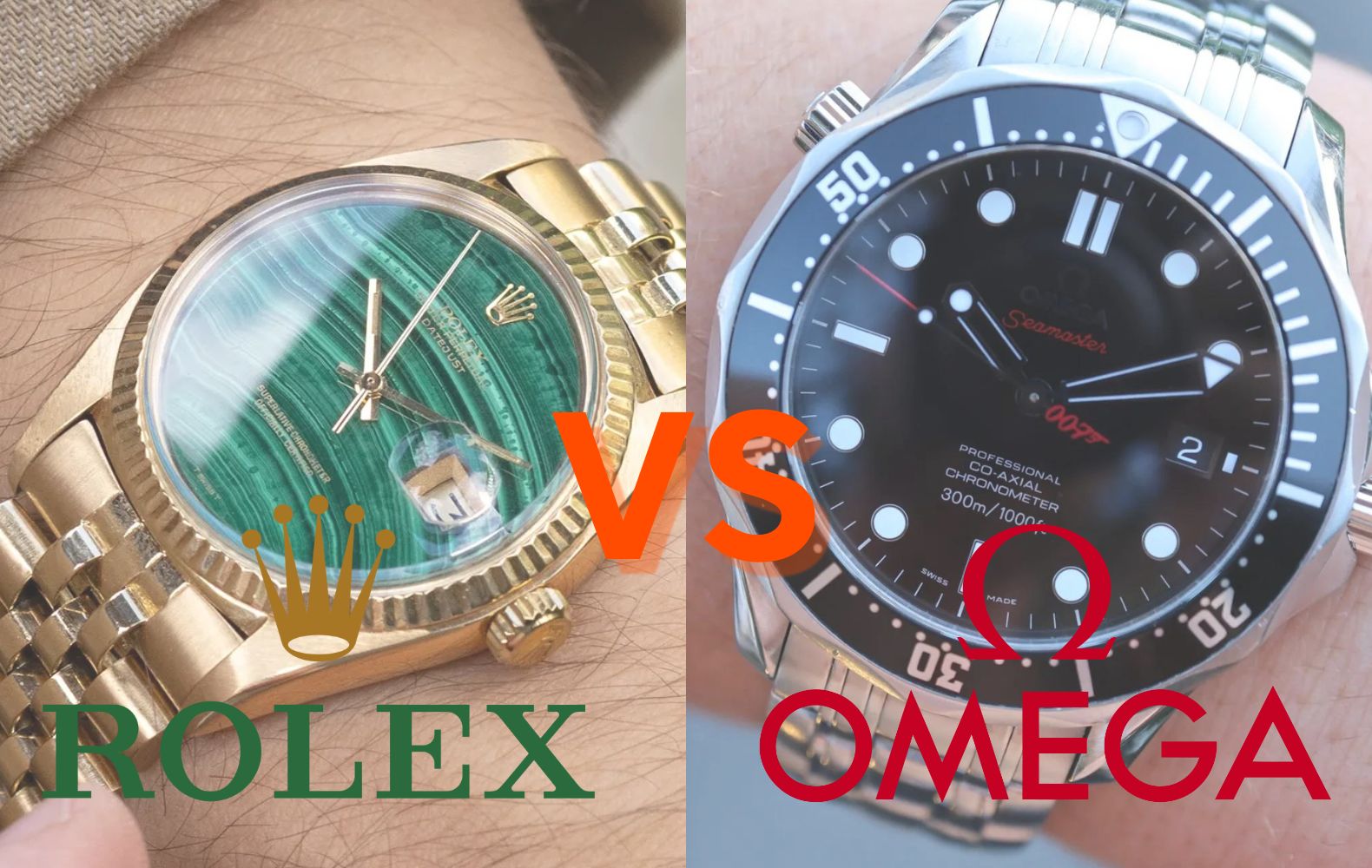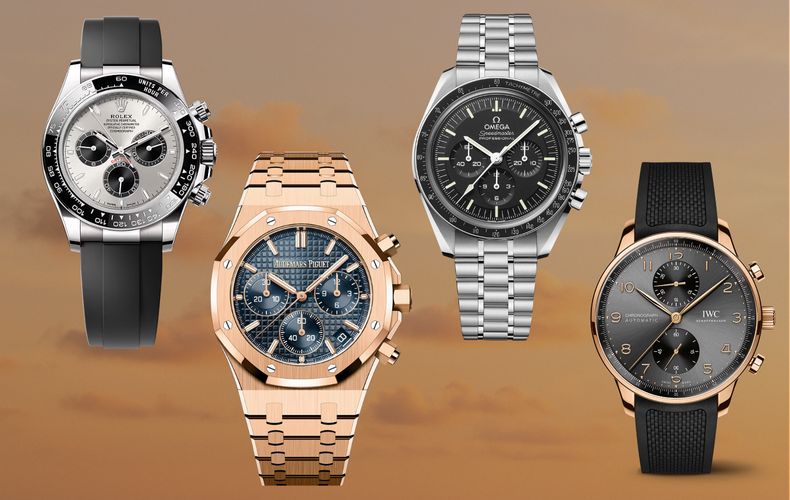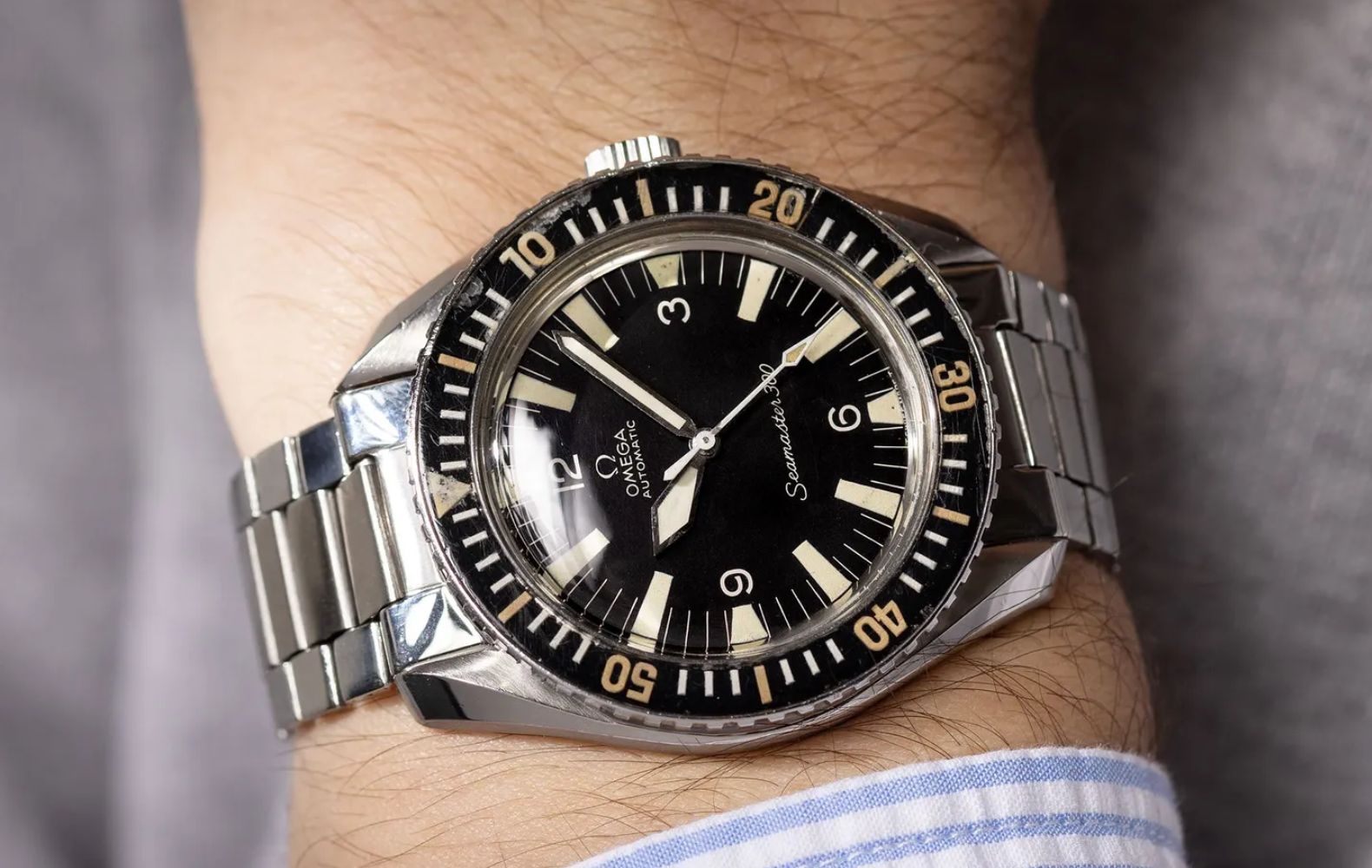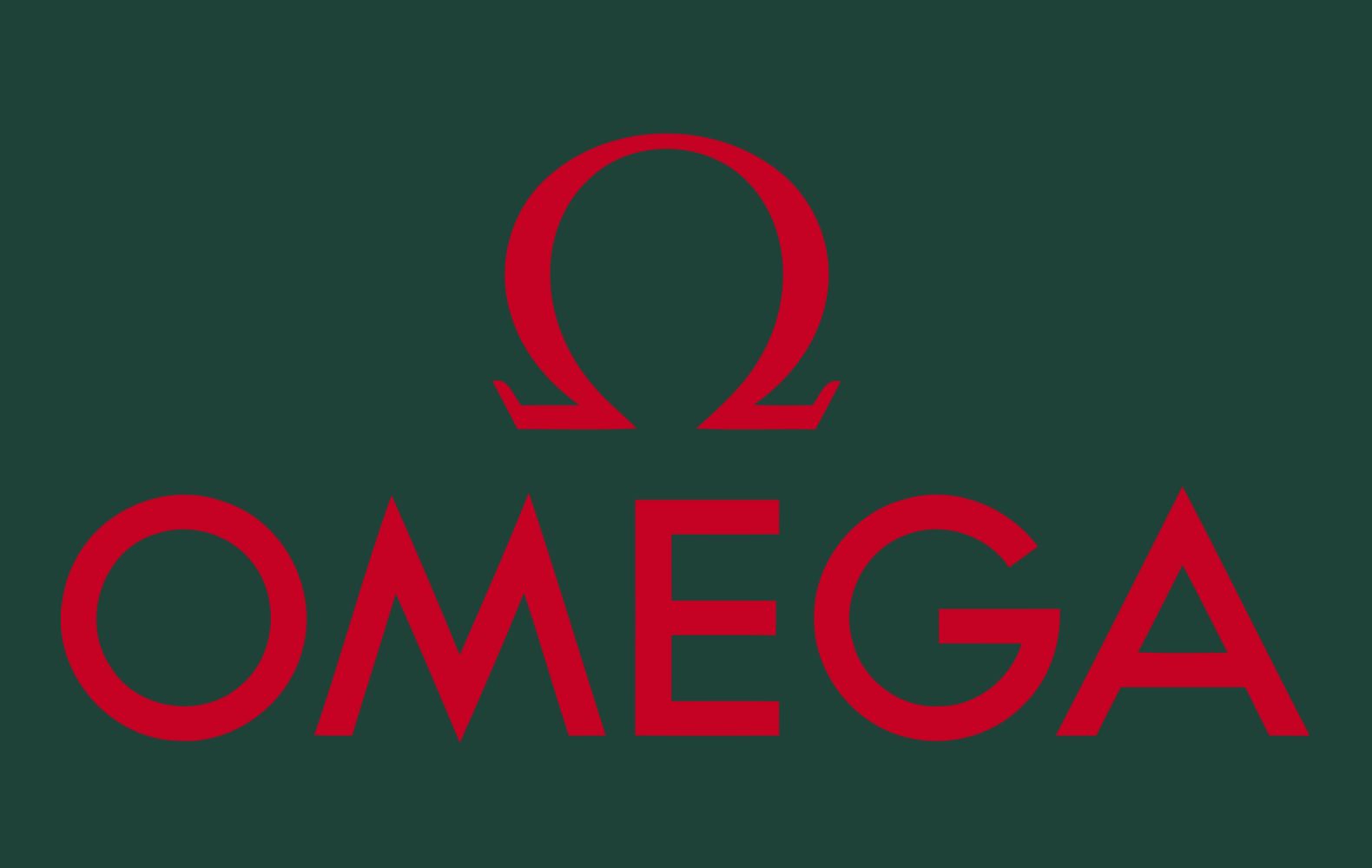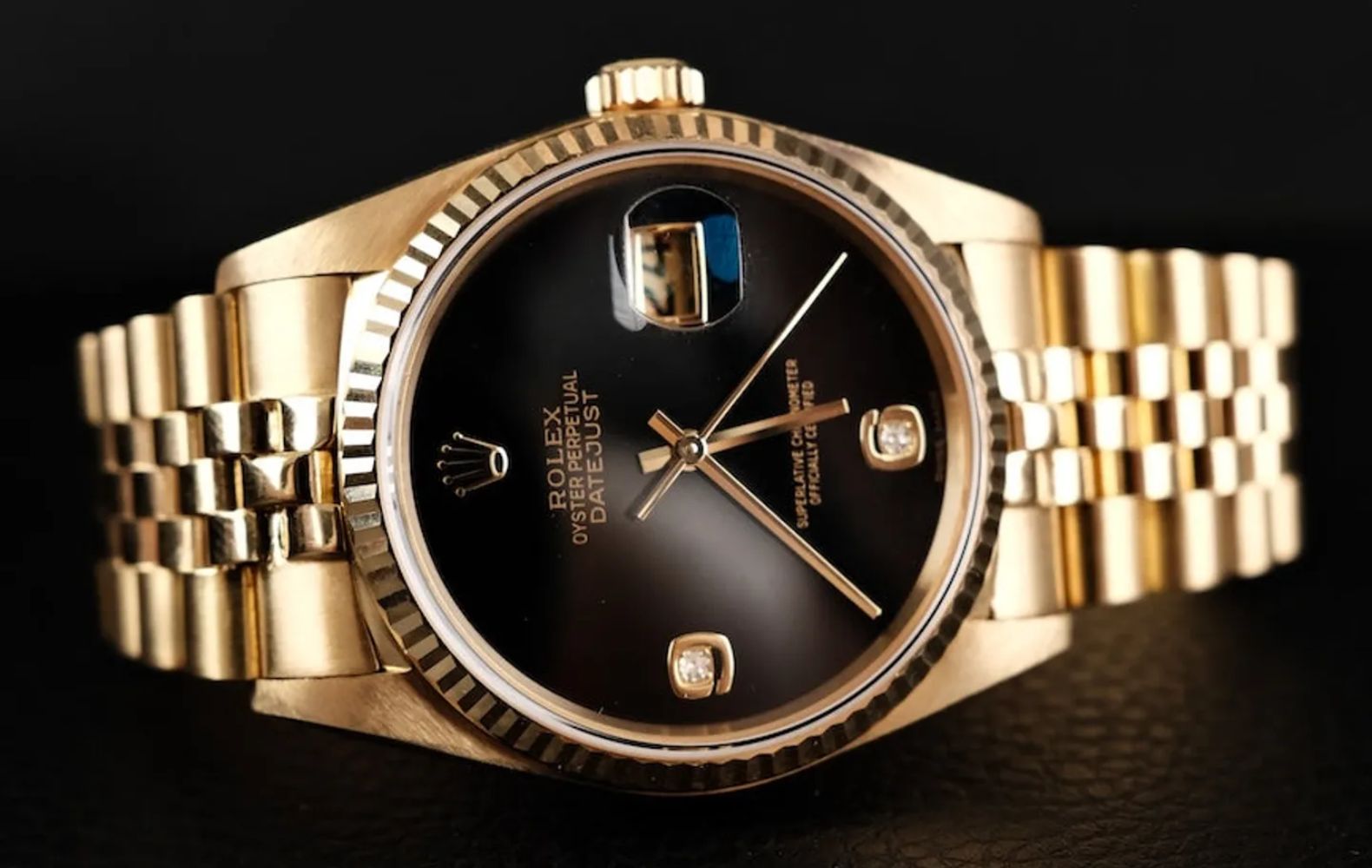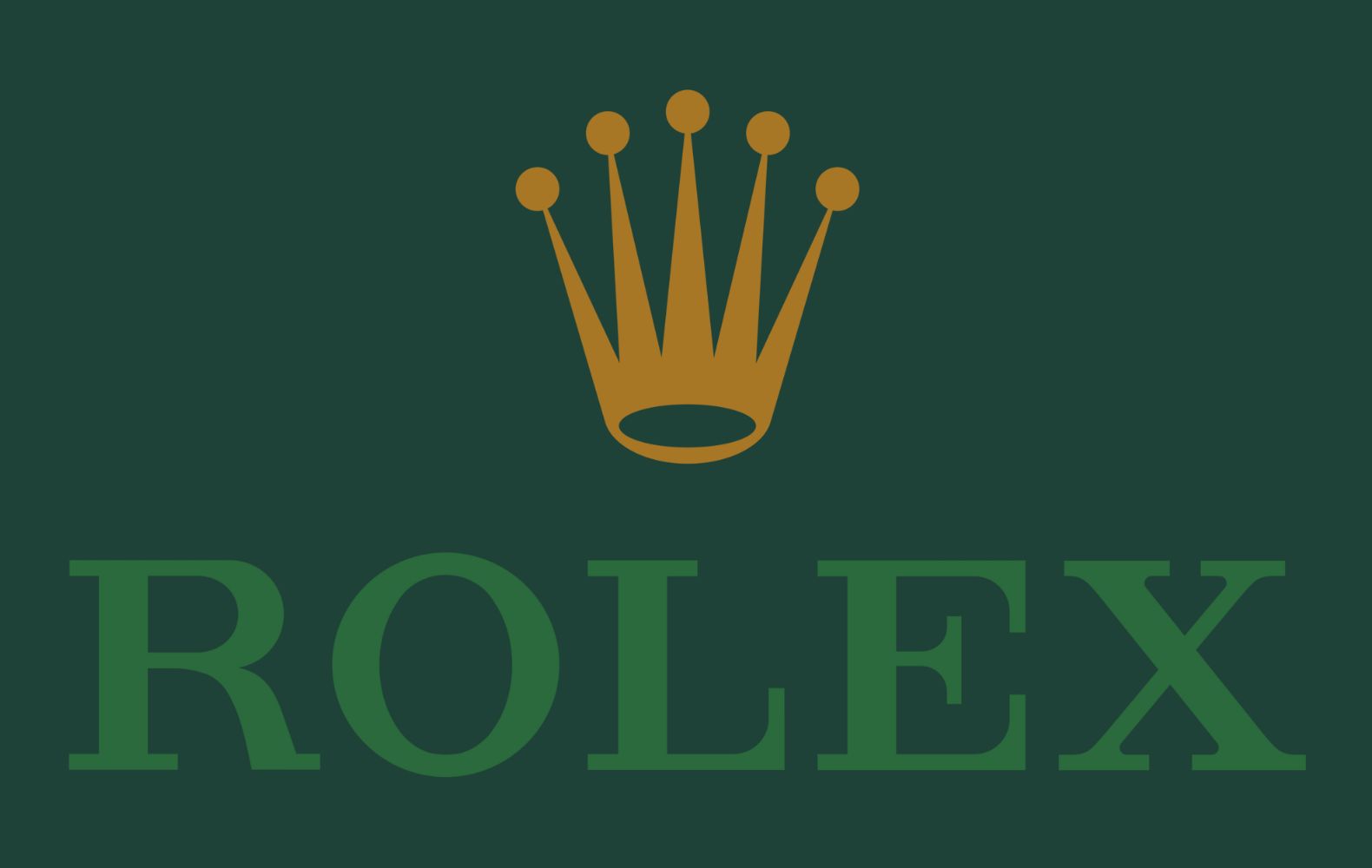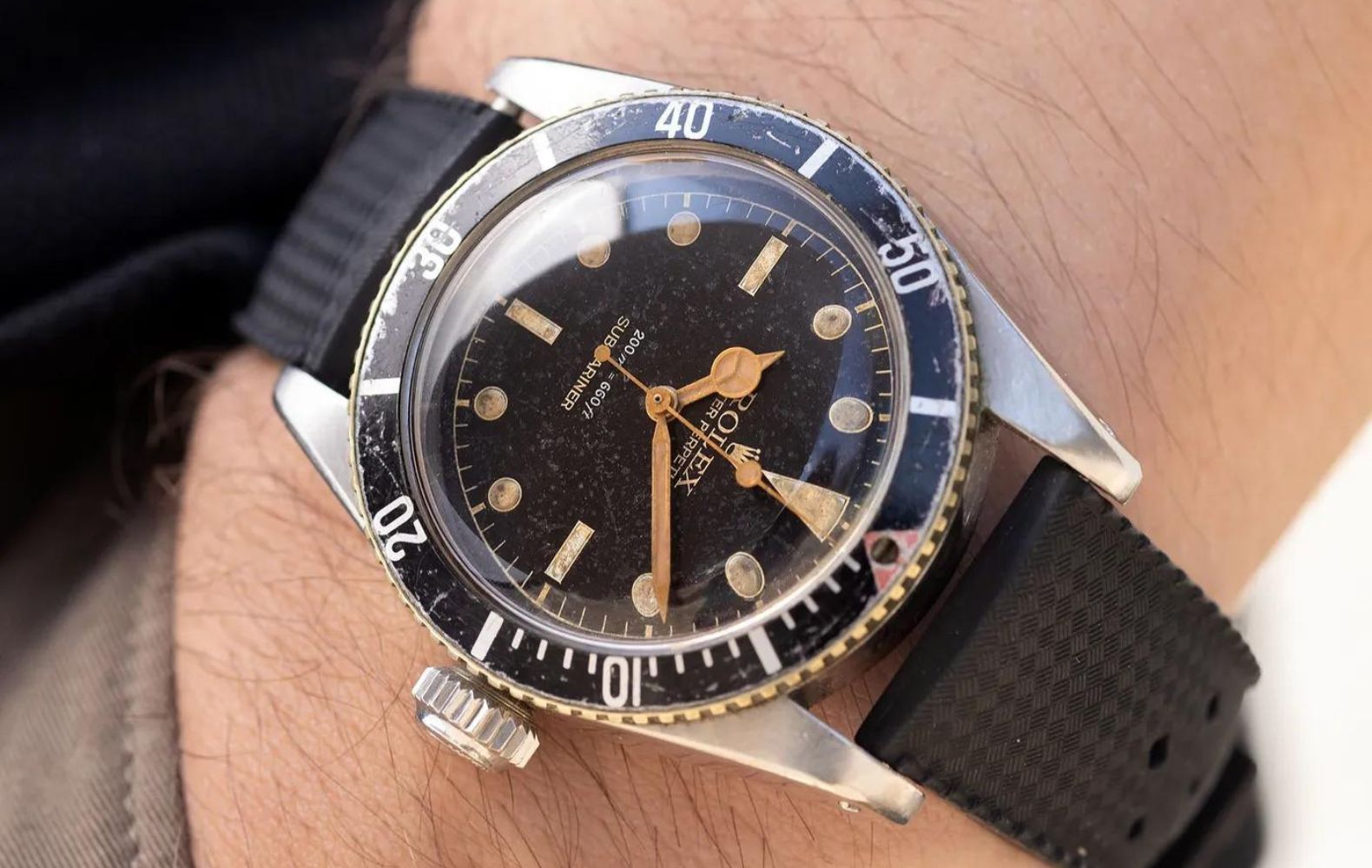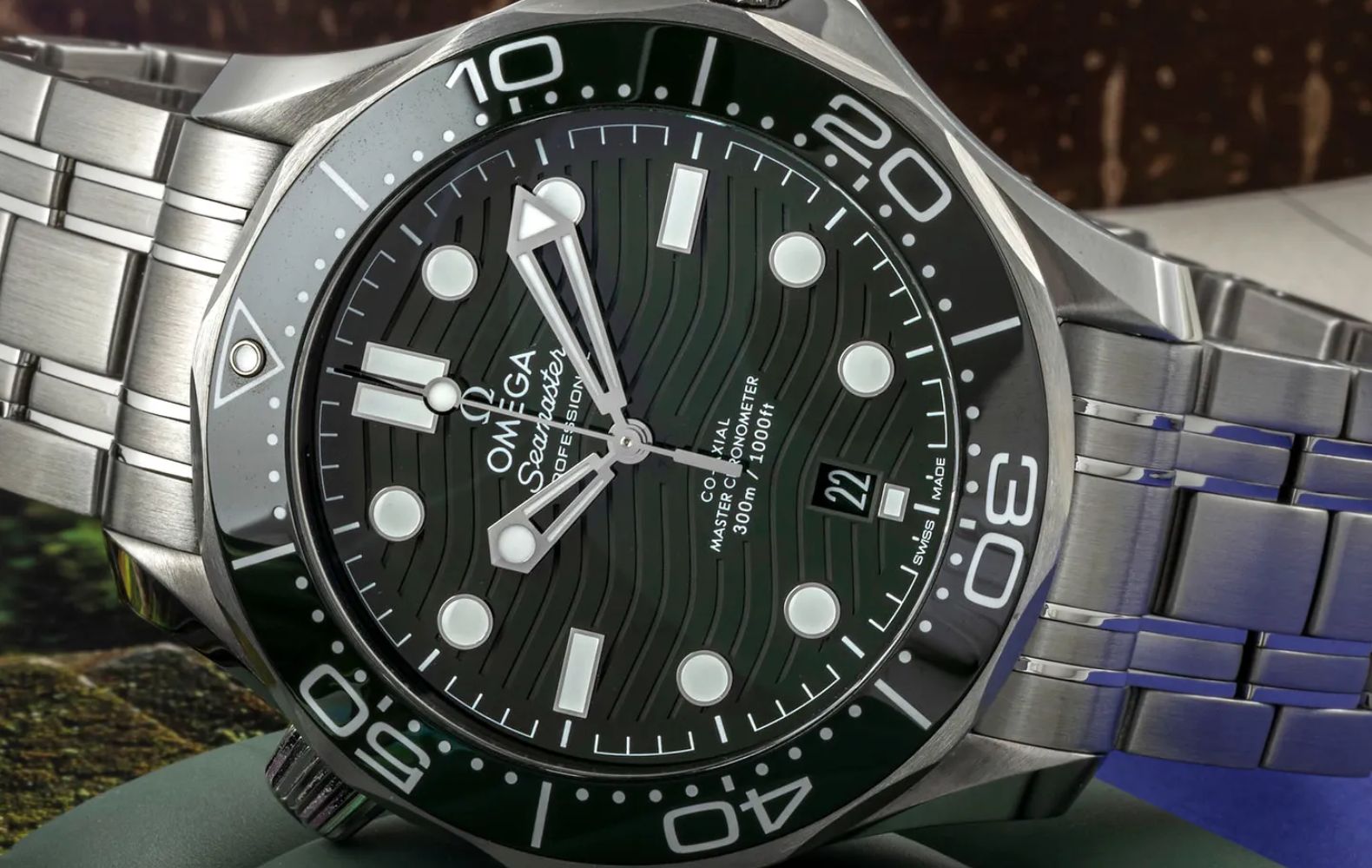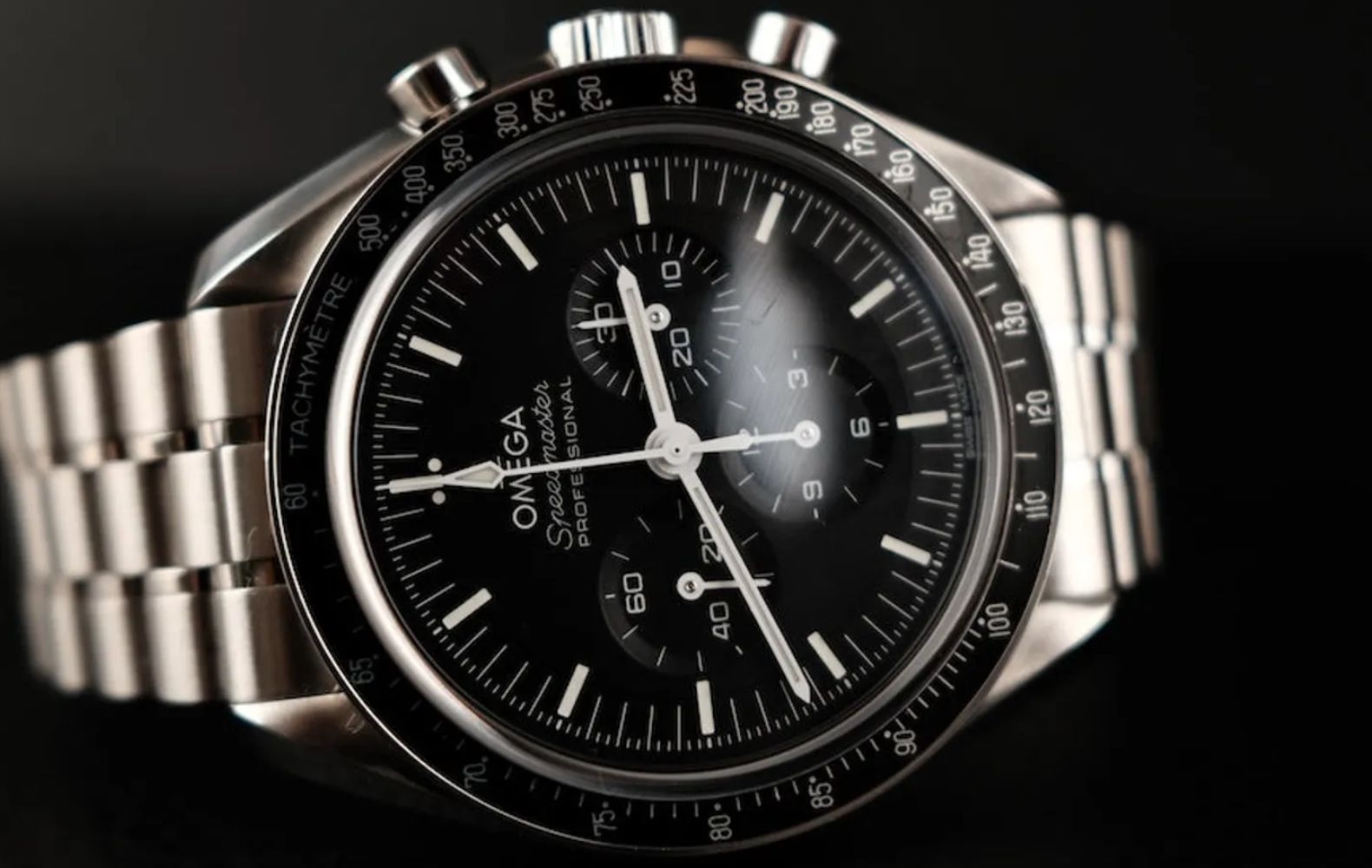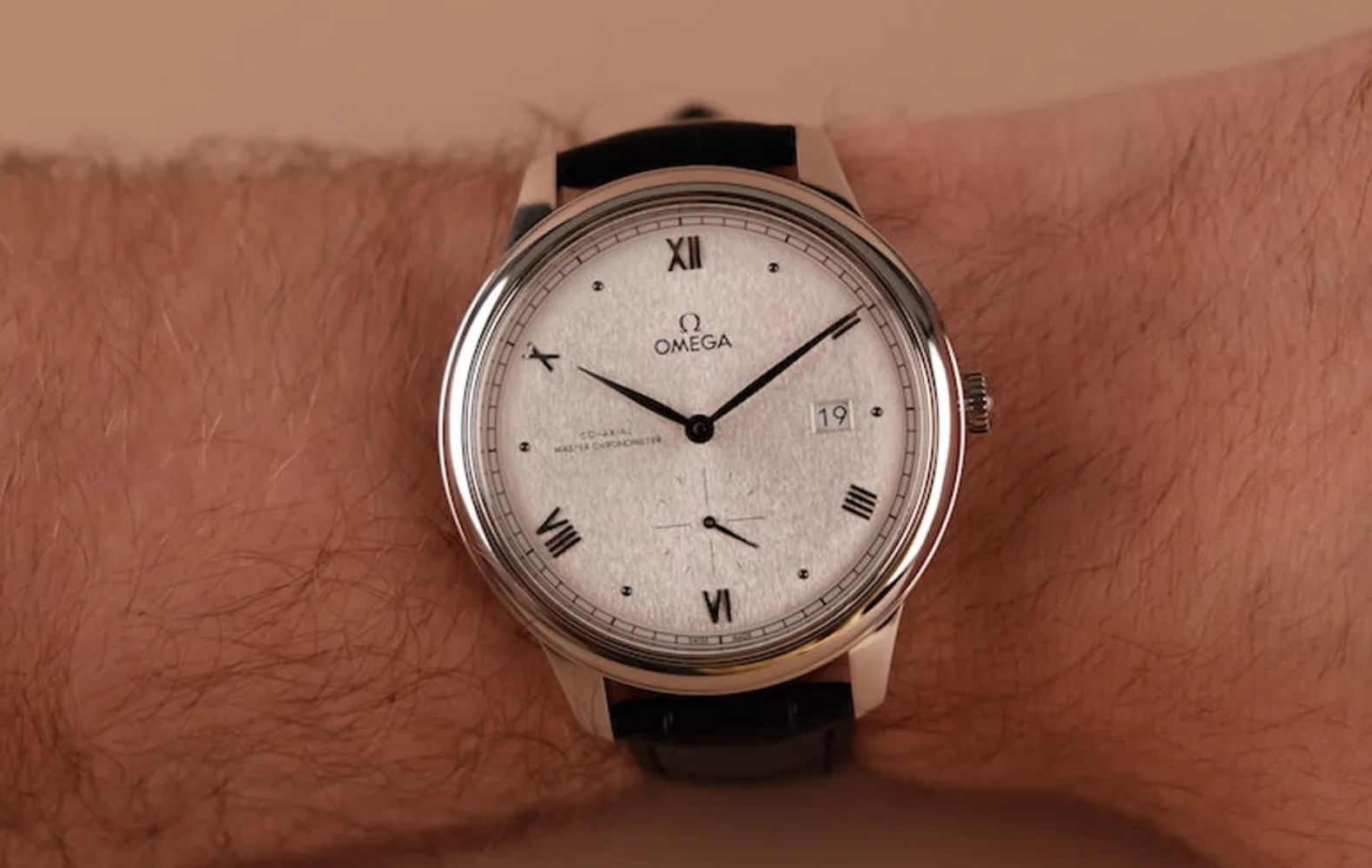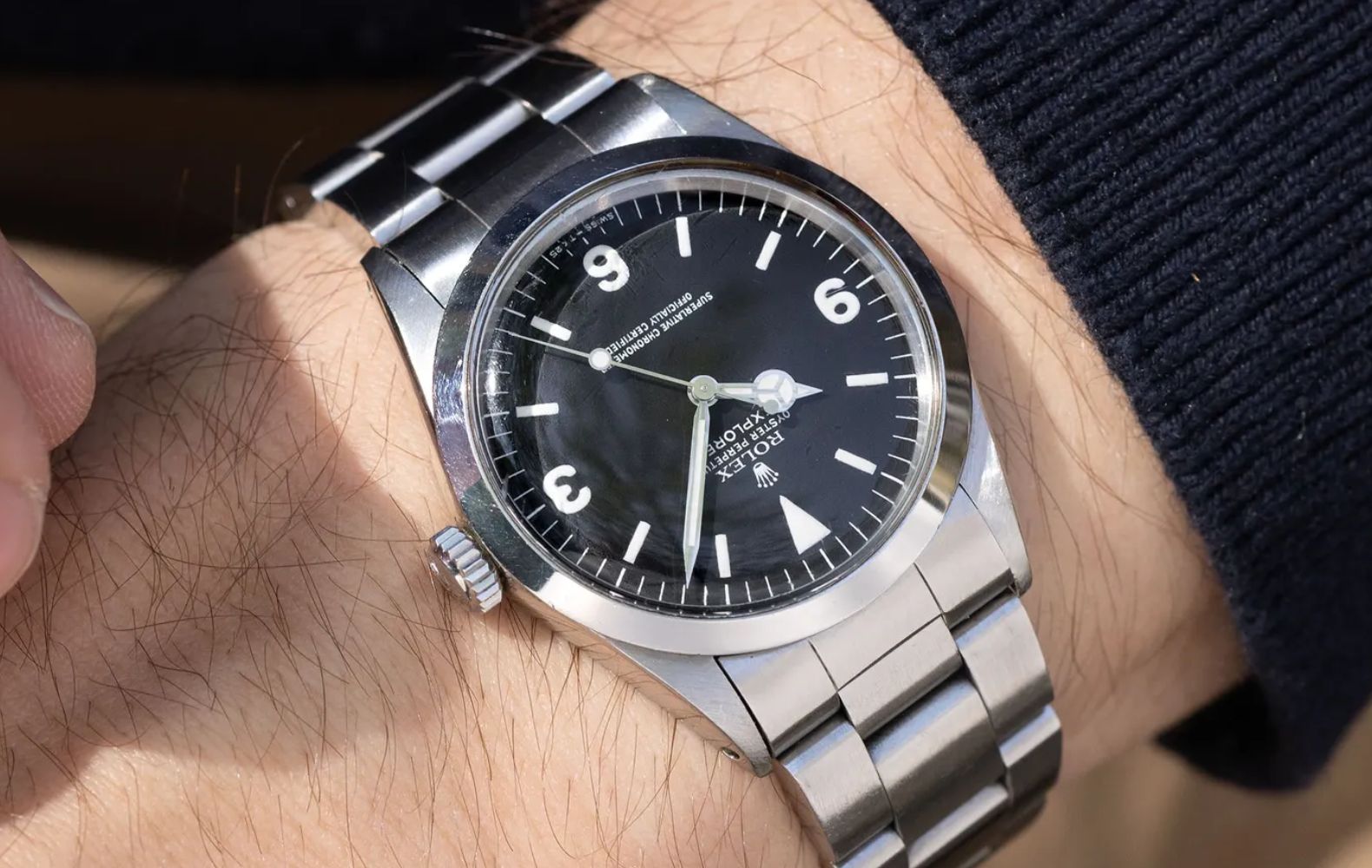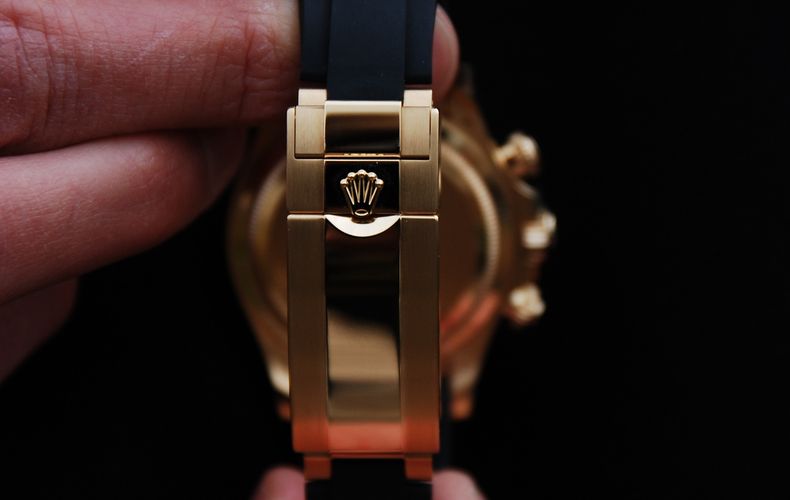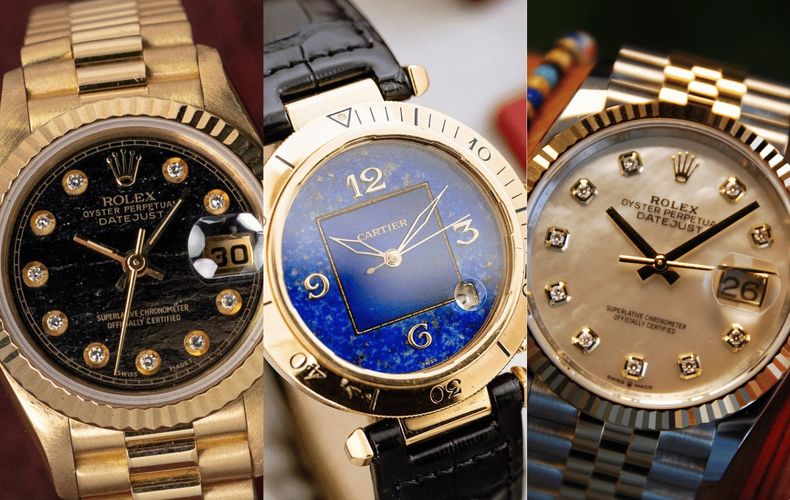History of Omega: The First of the Two
Omega has a long lasting history. The foundation of Omega was laid all the way back in 1848 by Louis Brandt. Originally, Louis Brandt assembled key-wound pocket watches from parts that were supplied by local craftsman from his atelier in La Chaux-de-Fonds. In 1879 Louis Brandt passed away. His sons Louis-Paul and César take over the business and decide to relocate the company to Bienne.
From this point in time they focussed on producing their own parts and components. This later lead to them creating the first series-produced caliber, the so called ‘Labrador’ in 1885. The next caliber they produced was the ‘Omega 19-ligne’. This movement featured groundbreaking advancements in accuracy and design. The success of this movement eventually lead to them adopting the name Omega to their brand.
In 1903 the sons of Louis also passed away, and the company was passed on to a group of youngsters, with Paul-Emile Brandt, the nephew, becoming the leading figure. Under Paul-Emile the brand really gained traction, and in 1932 it was Omega to become the official timekeeper of the Olympic Games for the first time, providing chronographs for the Los Angeles Olympics. It was only 15 years later when Omega introduced one of their best selling watch-series to celebrate their 100th anniversary, the Seamaster line, initially designed for the British Royal Navy.




